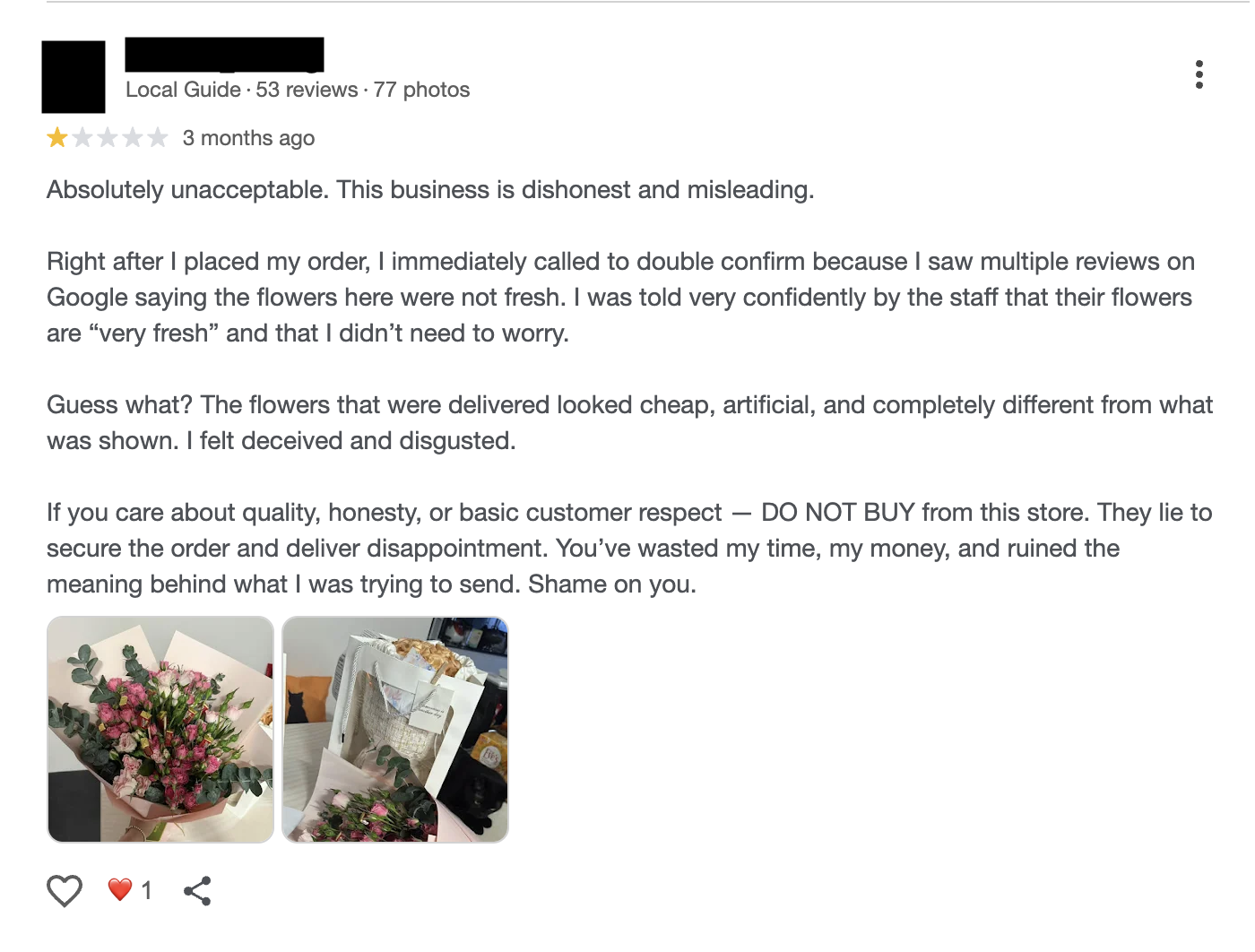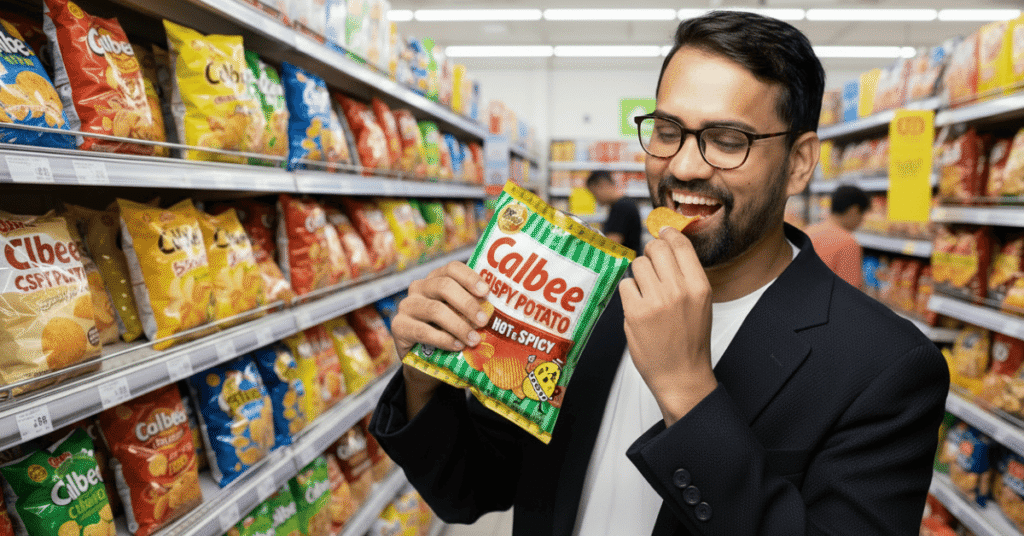31 JUL 2025
8 Steps I Now Use to Spot Fake Reviews
My Post-Istanbul Playbook: 8 Steps I Now Use to Spot Fake Reviews
I got played in Istanbul. It’s a sinking feeling, isn’t it? You’ve done your research, you’re excited, and you lead your family into a restaurant with a near-perfect 4.8-star rating on Google Maps. But the moment you sit down, you realize something is off. The experience that follows is a forgettable, overpriced, 1-star tourist trap. That night, I knew I had to learn how to spot fake reviews to prevent this from ever happening again.
The answer was clear: the glowing 5-star ratings were from ghost profiles. The real, detailed feedback (the truth) was buried deep in the 1-star section.
That experience taught me a valuable lesson: the star rating is just the beginning of the story. Now, I have a personal checklist that is an 8-step playbook I use to vet any new place. It takes about two minutes, and it has saved me from disappointment time and time again.
How to Spot Fake Reviews: An 8-Step Checklist
1. I Ignore the Overall Score and Look at the "U"
The first mistake I made was trusting that 4.8-star rating. Now, I scroll past the score and look at the bar chart showing the review distribution. If I see a “U-shape”—tons of 5-star and 1-star reviews with very few in the middle—I’m immediately suspicious. This polarization is often a sign of conflict, suggesting a battle between an army of fake positive reviews and a wave of genuinely frustrated customers.
2. I Read the 1-Star Reviews First (and Judge Their Quality)
This was the game-changer for me in Istanbul. I now go straight to the “Lowest Rating” filter to find the potential truth. However, just as I’m skeptical of ghost-written 5-star reviews, I’ve learned to be critical of the negative ones too. A competitor can easily leave a fake 1-star review to sabotage a business.
My rule is simple: if a negative review is just one vague line (“terrible service”) from a profile that has only ever left that single 1-star review, I disregard it. This is a key part of learning how to spot fake reviews, as some are malicious attacks.
On the other hand, a review like the one from the “Local Guide” in the screenshot above is exactly what I look for. It’s credible because it’s highly detailed, it includes photos, and most importantly, it comes from an established ‘Local Guide’ with a long history of contributions (53 reviews).
I look for these kinds of recurring, specific complaints from credible reviewers. When they mention the same issue, I know it’s a real problem.
3. I Become a Profile Detective
This applies to both positive and negative reviews. When I looked at the profiles of those 5-star reviewers in Istanbul, the scam was obvious. Each one was a brand new account with exactly one review. A real reviewer, whether happy or unhappy, usually has a history. Their profile shows a mix of ratings (not just perfect 5-stars), reviews for different types of places, and a timeline of contributions that spans months or years.
4. I Listen for Specifics, Not Superlatives
The fake reviews that tricked me were full of empty superlatives like “legendary food!” They sound great but tell you nothing. I’ve learned that genuine reviews—good or bad—have texture and detail. They mention a specific dish (“The İskender kebab was perfectly seasoned”), an interaction with a staff member by name, or a detail about the atmosphere. Specifics are hard to fake.
5. I Check the Customer Photos, Not Just the Menu
The restaurant’s professional photos showed a bustling, vibrant dining room. Had I swiped over to the “By visitors” tab, I would have seen the real story. User photos are unfiltered reality. They show you the actual portion sizes, the real level of cleanliness, and the true ambiance of a place, which can be a world away from the professionally staged shots the business wants you to see.
6. I Sort by "Newest" to Judge Their Honesty
This has become my ultimate litmus test. The first thing I do is click the “Newest” filter. I’m looking for a recent, suspicious surge of positive reviews. If I see a cluster of 5-star ratings all posted within a few hours or days of each other, I immediately start checking their profiles. When those newest 5-star reviews are from profiles with no history, I don’t just disregard them; I disregard the entire business. It’s a clear signal of a dishonest operation trying to deceive customers.
7. I Check the "Lowest Rating" for Signs of Improvement
If a business passes my honesty test, I do one final check on Google: I click the “Lowest rating” filter. I’m not looking to dwell on past mistakes, but to see two things: how long ago the problems occurred and how the business handled them. If the most recent negative feedback is more than six months old, and the owner has responded professionally—with an apology and a solution, not an excuse—I feel confident giving them my business. It shows growth, accountability, and a real commitment to quality.
8. I Triangulate the Truth with Other Platforms
If a place passes all my tests and seems promising, I do one final check. I take thirty seconds to cross-reference it on another platform. According to a BrightLocal consumer survey, 98% of people read online reviews for local businesses, so checking sites like TripAdvisor or a local blog is a smart move. If a place is genuinely great, the praise will be consistent everywhere.
Ultimately, this 8-step playbook is the system that works for me, born from a bad experience and refined over time. But the most important tool you have is your own judgment. The goal isn’t to follow these steps rigidly, but to develop a mindset of healthy skepticism and critical thinking.
While this manual process is a powerful way to protect yourself, the good news is that you’re not fighting this battle alone. Google is now deploying its own powerful solution to combat this problem on a massive scale. In fact, Google’s new AI is a huge win for all of us in the fight against fake reviews, and it’s getting smarter every day.
Use this guide as a starting point.
Adapt it, find what works for you, and trust your gut. By taking those extra two minutes to look beyond the star rating, you’re doing more than just avoiding a bad meal or a poor product; you’re investing in a better experience for yourself and supporting the honest, hardworking businesses that truly deserve to be found.
And since that night in Istanbul, this process has helped me find countless amazing experiences, guided by the voices of real people, not bots.
Subscribe to my newsletter
You will get a monthly dose of marketing and inspiration




